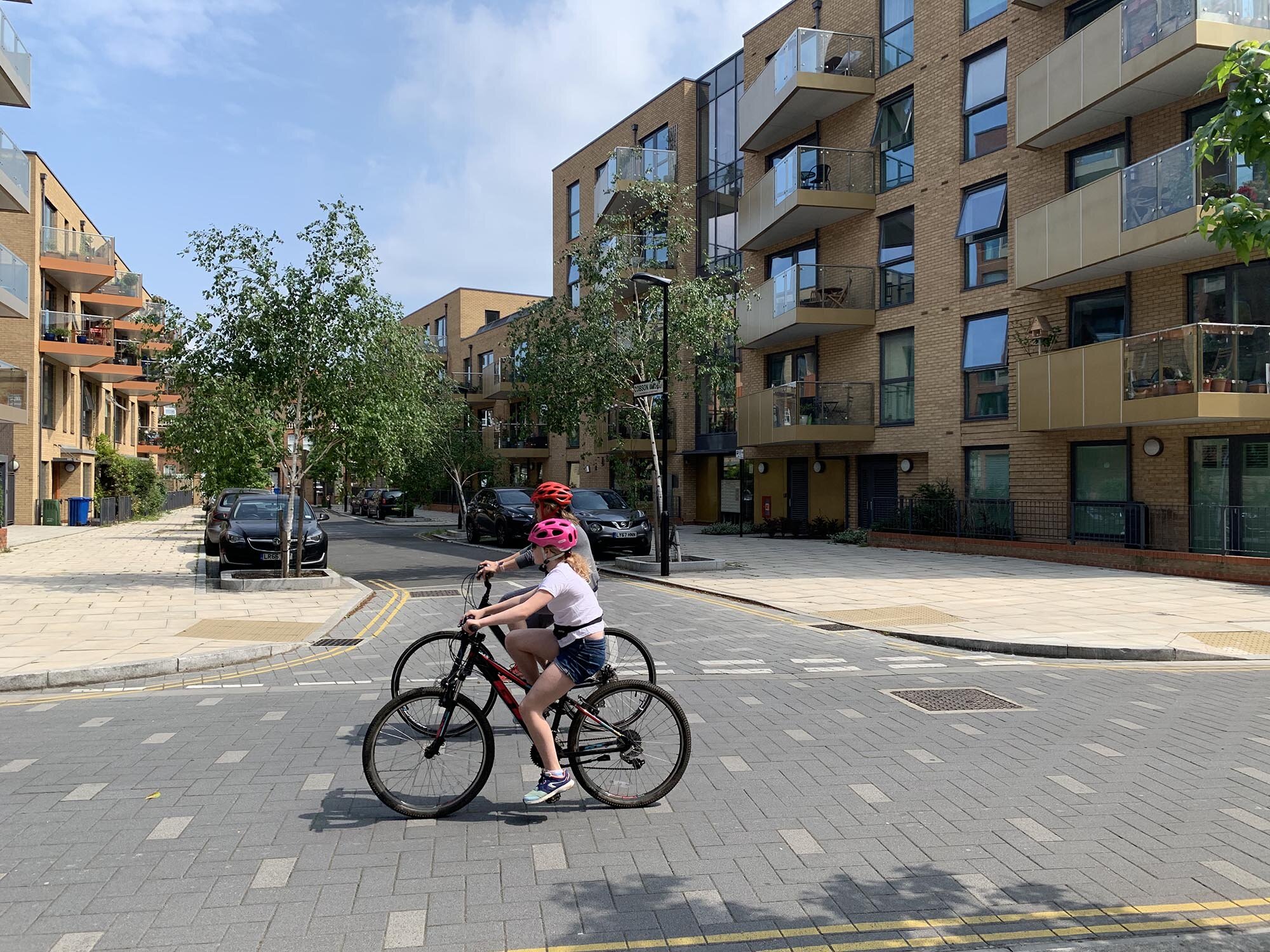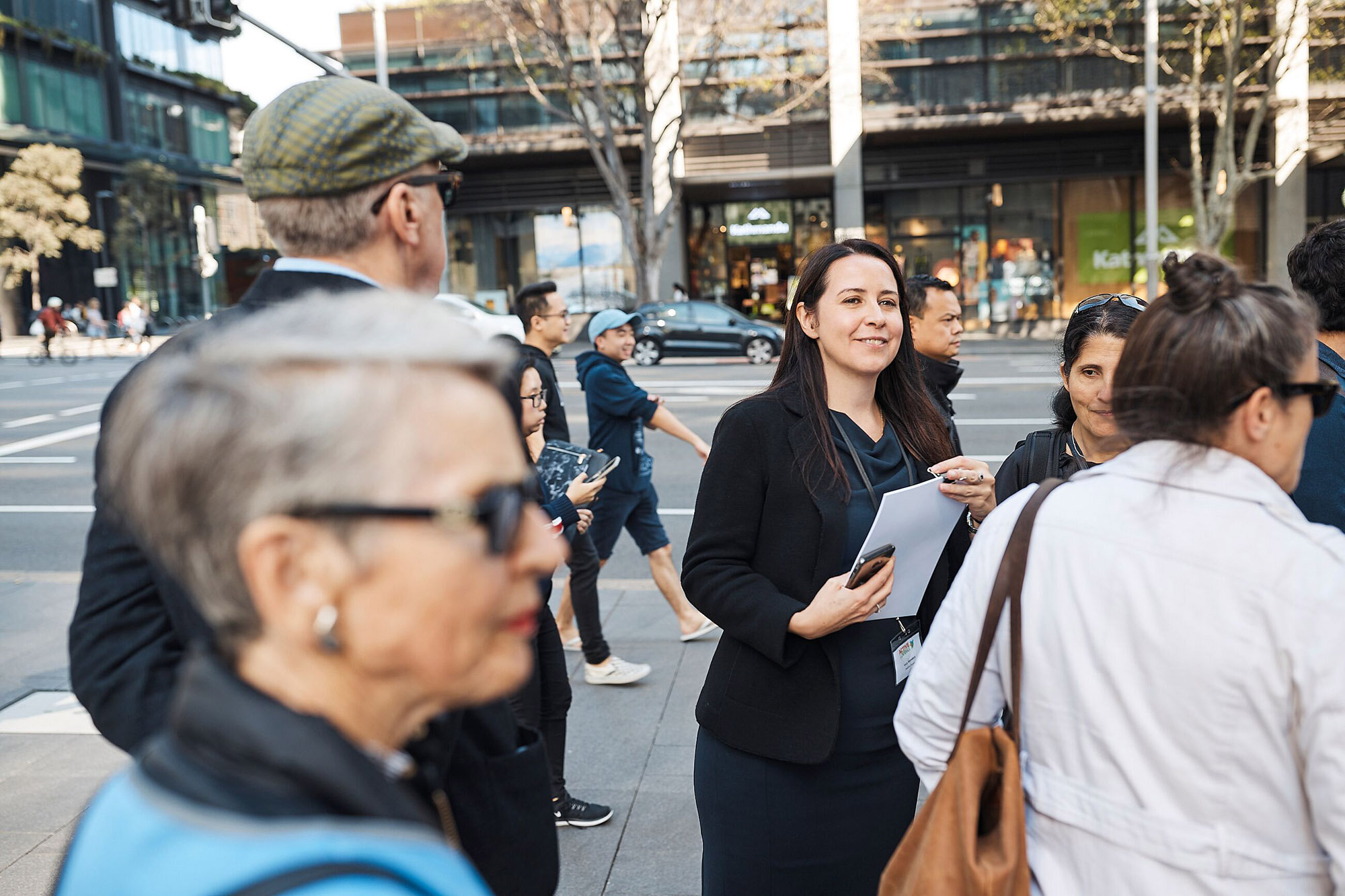London: Small changes delivered at scale through maintenance programmes
Healthy Streets improvements can be delivered at scale through routine maintenance programmes and capitalising on opportunities for reinstating street-spaces after disruptions e.g. building renovations or utility repairs.
The Greater London Authority’s Infrastructure Coordination Service has been very successful in minimising disruption to people and businesses during building and utilities works through coordinating activities and agencies. This means that people can use their streets for more days per year and the noise and pollution that can be generated in roadworks are minimised.
They are now taking this one step further and looking at how streets can be improved in terms of the ten Healthy Streets Indicators. When streets are being reinstated there are small changes that can make a big difference in terms of ensuring the street becomes more welcoming and accessible.
Examples include:
Removing redundant bollards and sign-posts to ensure that the clear space for walking is provided on pavements
Adding seats, trees and cycle parking at regular intervals, where the pavements are wide enough
Reinstating redundant dropped kerbs and driveway cross-overs to provide a consistent, level surface for walking
Adding sustainable urban drainage and planted areas where it is practical to do so
Narrowing and raising side road entrances to improve safety for people walking and cycling
Adding or moving dropped kerbs and tactile paving at crossing points where these are missing, poorly positioned or in a poor condition
Asset Operations staff discussing how a redundant crossover (behind) could be reinstated
Healthy Streets has been working with the GLA since 2021 to set up the means by which these opportunities are routinely identified and acted upon. This is challenging when many agencies are involved and the timescales for delivery are often short and unpredictable.
One of the most critical teams in identifying and acting on these opportunities for Healthy Streets improvements is Asset Operations (the maintenance team) who have huge experience in maintaining the streets to a high standard. Healthy Streets has been delivering on-street workshops with the Transport for London Asset Operations teams since 2022. During these ‘walk-shops’ it is obvious that some aspects of delivering Healthy Streets improvements are already deeply embedded in their ways of working. This includes:
Addressing trip hazards from broken or raise pavers
Removing obstacles on the pavements e.g. A-Boards
Tackling fly-tipping, graffiti and cleansing issues including adding bins
Fixing ‘assets’ that are in poor condition e.g. repainting sign posts, repairing vandalised bus shelters, replacing trees that have died
All of these help to create a safe and relaxing environment for people walking and wheeling.
Other opportunities for improving the street are not currently ‘front of mind’, these tend to be slightly more substantial changes which could require funding, permissions and design work to deliver. Maintenance teams, not just in the UK, but around the world often have to do their best to deliver minimum standards with very limited funding as the political focus can often be drawn to delivering large-scale transformational projects rather than investing in small improvements across a wide area. This is such a great shame as investing in general improvements to our existing streets delivers much greater benefits for the population than transformational changes to short stretches of street in high profile locations.
In addition to the on-street workshops, we have created a tool for Asset Operations Officers to log the opportunities they see as they do their regular street inspections. We call these opportunities ‘Healthy Streets Micro-Improvements’ which belies the huge benefit they can deliver to the many people walking, cycling or waiting for public transport. These ‘micro-improvements’ can make the difference between someone being able to walk a local journey, or not. The data that is collected is logged and sorted: some proposals can be acted on right away, others can be flagged for incorporation into reinstatement of the street after disruption or as part of a new development.
Bollards! An opportunity is spotted to reduce the maintenance costs and improve the accessibility of a side-street crossing.
Our top tips for delivering Healthy Streets improvements through maintenance programmes are
Get out on the streets with your maintenance colleagues to see what opportunities there are for delivering Healthy Streets improvements
Identify and champion the good work your maintenance teams do to deliver Healthy Streets already
Listen to them to understand the challenges they face and where their passion and commitment for improvements lie
Build their knowledge of what they can do to make streets better for people with examples of good practice and missed opportunities
Work out what you can do to help them deliver more and bigger changes e.g. securing funding, connecting them with other teams




